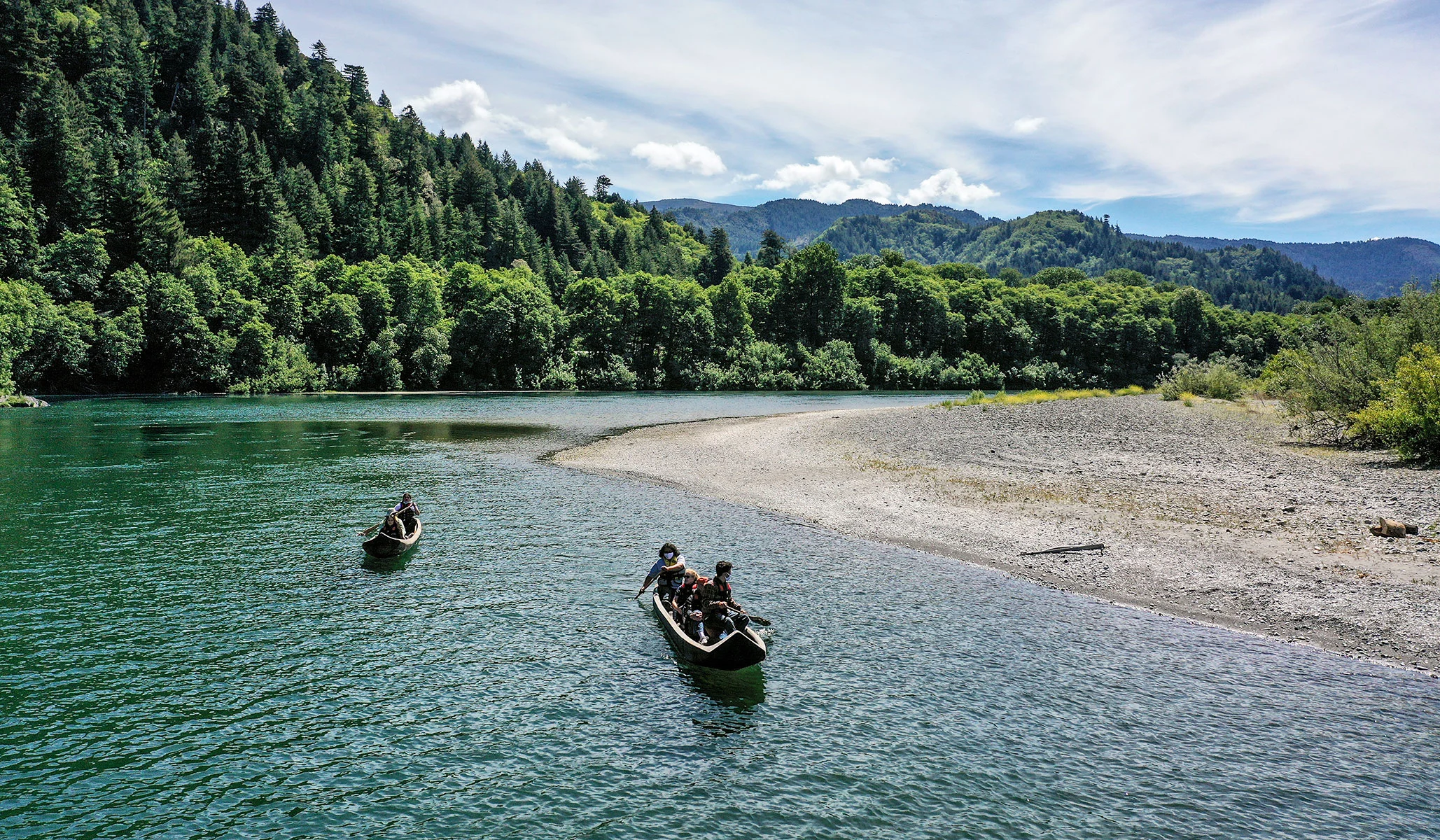The Klamath River, often overlooked, is the largest river in America between the Columbia and Sacramento-San Joaquin rivers. Spanning 12,000 square miles, the Klamath watershed is home to diverse ecosystems and historically supported millions of salmon. However, salmon populations have declined significantly, leading to a battle for the river’s future.
On one side of the conflict are environmentalists and state bureaucrats, armed with ample funds and regulations. On the other side are farmers and ranchers who have operated in the region for over a century, struggling to survive amidst rising costs and strict regulations.
Understanding the war for the Klamath’s future requires recognizing the differences between the upper and lower watersheds. These areas have distinct topography, geology, climate, water quality, and species. Historically, much of the water from the upper Klamath did not reach the lower river and instead flowed into the Tule Basin, a vast wetland straddling Oregon and California. However, the construction of the Klamath Project over a century ago redirected water to create farmland, leading to conflicts between farmers and environmentalists.
The Klamath Project, which included dams, canals, and levees, transformed the river’s flow. It created fertile farmland and regulated the Upper Klamath Lake’s water volume. Farmers prioritize diverting water for irrigation, wildlife refuges, and recharging aquifers. Meanwhile, environmentalists demand more water for a healthier salmon ecosystem downstream.
Farmers lack the financial resources to resist the state and federal mandates that redirect water downstream. However, they argue that the water they are fighting over is unique. The upper Klamath’s water contains phosphate-rich ash, which leaches contaminants harmful to salmon. Diverting this water downstream nurtures algae blooms that deplete oxygen and harbor parasites, further endangering salmon.
The battle for the Klamath’s future intensified with plans to remove four mid-river dams. These dams, including J.C. Boyle, Copco No. 1, Copco No. 2, and Iron Gate Dams, sit where the Klamath transitions from the upper to the lower watershed. The Federal Energy Regulatory Commission granted a license to the Klamath River Restoration Corporation (KRRC) to demolish the dams. PacifiCorp, the dams’ original operator, sought to get rid of them after being ordered to install fish ladders. KRRC took control of the dams, shifting the $450 million removal cost to taxpayers.
However, concerns arise regarding the removal’s impact. Over 70,000 households relying on cheap hydroelectric power from the dams will face higher utility rates. The stored water behind the dams helped maintain stable summer flows in the lower Klamath. Removing the dams may lead to more water restrictions for farmers upstream, impacting the farming economy.
There are alternative approaches to dam removal that may benefit salmon. For instance, regrading the Salmon River’s banks could restore the narrow channel lost in the 1964 flood, benefiting salmon migration. Additionally, periodically restricting fishing and dispersing predator populations at the river’s mouth could protect migrating salmon.
Instead of removing the dams, resources could be directed towards lower tributaries, historically significant for salmon spawning. Limiting water flow from the upper Klamath could help recharge aquifers, restore wetlands, and preserve the farming economy in the Tule Basin. Historically, excess water from the upper Klamath flowed into the Tule Basin.
The determination to demolish the dams raises questions. Some critics argue that there is a broader agenda to depopulate rural areas and centralize populations in cities. Extreme environmentalism is impacting industries in rural areas, with environmental groups benefiting from the situation. However, their focus on saving salmon while disregarding other species and potential disruptions to the river’s ecosystem raises concerns about the movement’s balance and integrity.
The situation in the Klamath Basin is not unique and should concern all of society. The economic costs are devastating, and the environmental benefits are questionable. It is crucial to consider alternative solutions and ensure a balanced approach that considers the well-being of all stakeholders and the river’s ecosystem.

